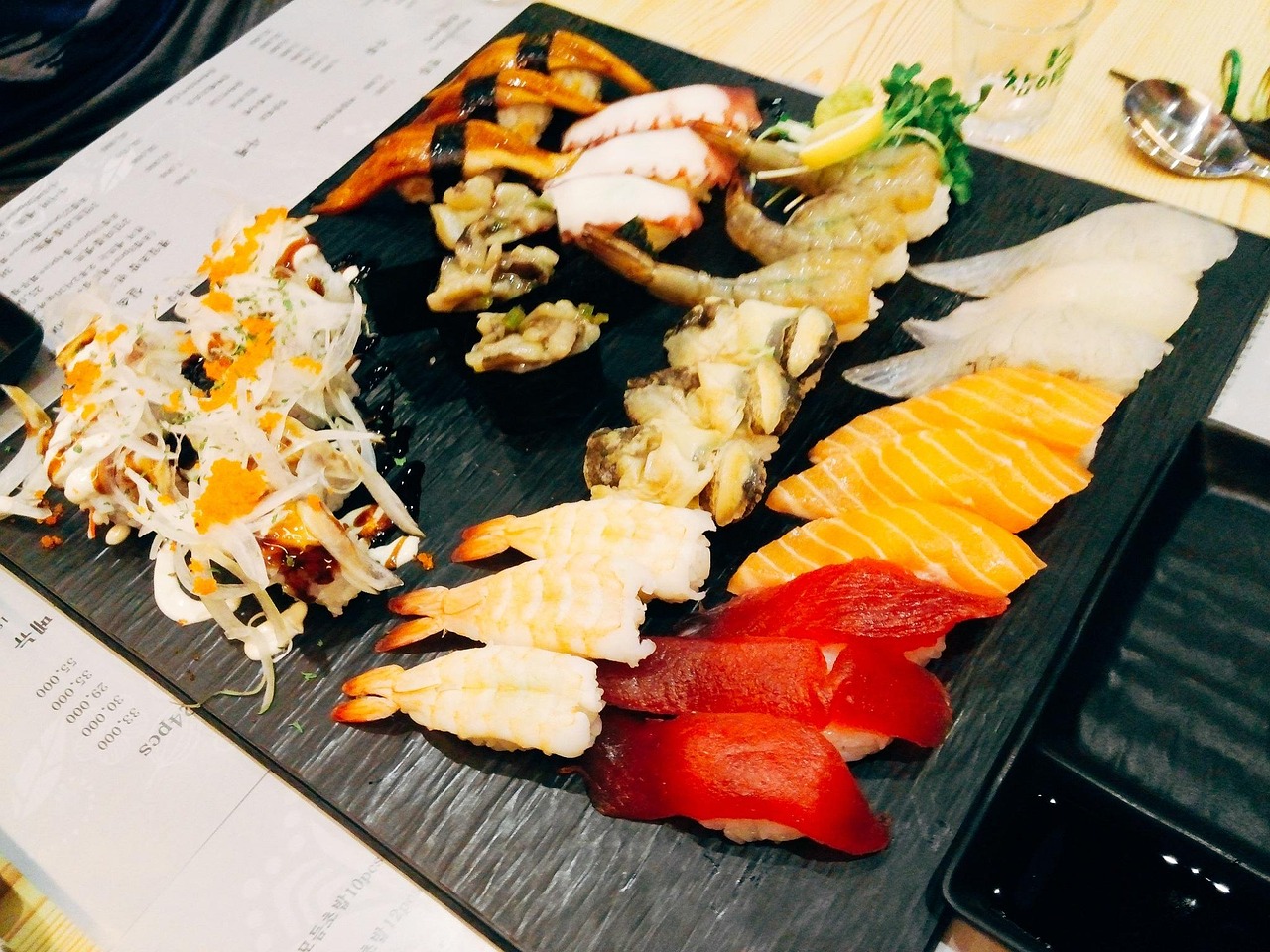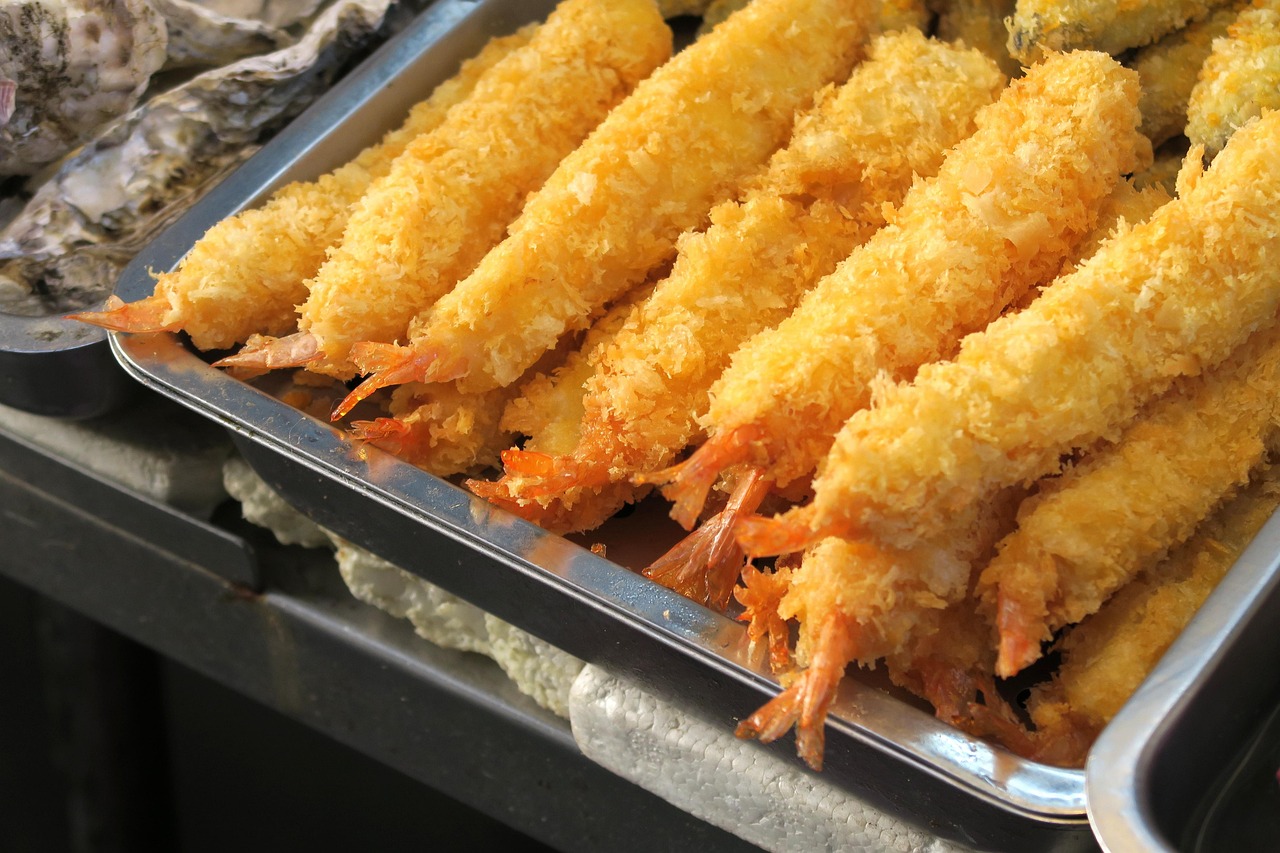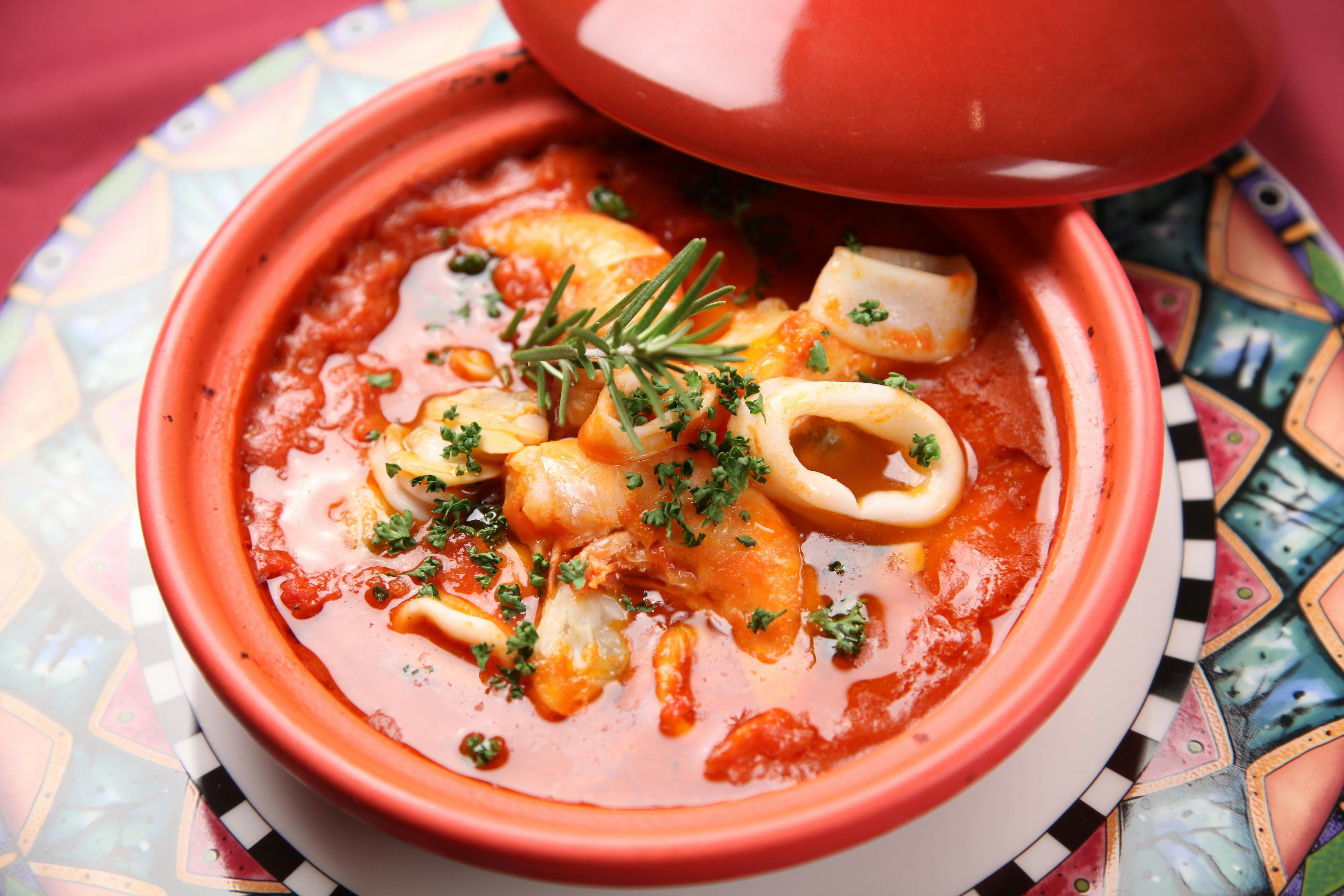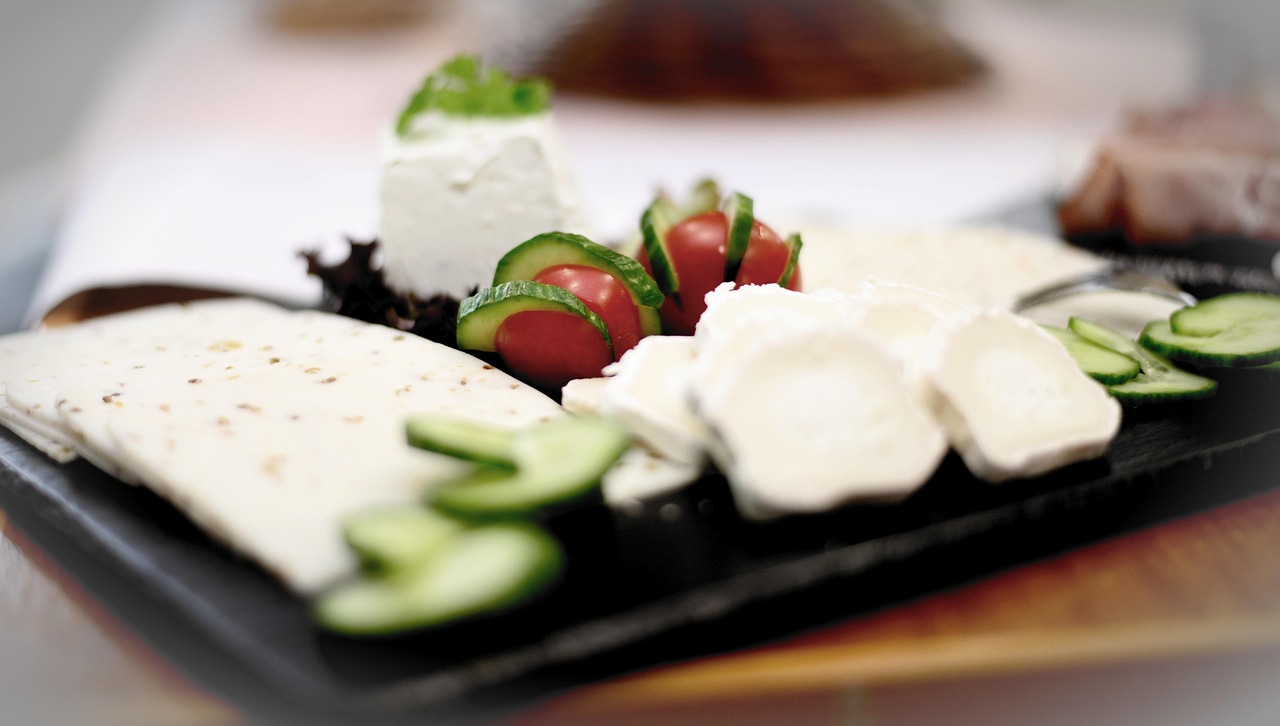This article delves into the diverse and intricate world of traditional Chinese cuisine, showcasing its rich history and cultural significance. It highlights the various regional styles, ingredients, and cooking techniques that make Chinese cuisine unique and beloved around the world. From the bold flavors of Sichuan to the delicate tastes of Cantonese, the article celebrates the culinary artistry and depth of this ancient culinary tradition.
Chinese cuisine, with its rich history and diverse regional flavors, is a culinary adventure that has captivated the world. From the bustling streets of Beijing to the serene landscapes of Sichuan, each region of China boasts its own unique dishes and culinary techniques. In this article, we will delve into the world of traditional Chinese food, exploring its history, regional variations, and some of the most iconic dishes that have become synonymous with Chinese gastronomy.
History of Chinese Cuisine
The history of Chinese food is as old as the civilization itself, with evidence of culinary practices dating back thousands of years. Over time, Chinese cuisine has evolved, incorporating various ingredients and cooking methods from different cultures, while maintaining its distinct identity. The use of spices, the art of stir-frying, and the balance of flavors are all hallmarks of traditional Chinese cooking.
Regional Variations
China's vast geography has led to significant regional differences in cuisine. Each region has its own set of staple ingredients and cooking styles, which are often influenced by local climate, available resources, and cultural practices.
1、Northern China: Known for its wheat-based dishes, such as noodles and dumplings (jiaozi). The cold climate has led to a preference for hearty, warming foods like hot pots and braised meats.
2、Southern China: Rich in rice paddies, the south favors rice as a staple. Cantonese cuisine, in particular, is famous for its light, fresh flavors and the use of a wide variety of ingredients, including seafood and dim sum.
3、Eastern China: Shanghainese cuisine, for example, is known for its sweet and sour flavors, as well as its delicate preparation techniques, such as the famous xiaolongbao (soup dumplings).
4、Western China: The cuisine here is heavily influenced by the ethnic minorities and the harsh terrain, with a focus on mutton, beef, and hearty stews.
Iconic Dishes
Chinese cuisine is a cornucopia of flavors, and certain dishes have become emblematic of the country's culinary heritage. Here are a few that are recognized worldwide:
1、Peking Duck (Beijing Kao Ya): A dish that requires precision and skill, Peking Duck is known for its crispy skin and succulent meat, often served with pancakes, scallions, and sweet bean sauce.
2、Dumplings (Jiaozi): A symbol of Chinese New Year and family reunions, dumplings are filled with a variety of ingredients, from pork and cabbage to shrimp and chives, and can be steamed, boiled, or pan-fried.
3、Sichuan Hot Pot: A communal dish where diners cook slices of meat and vegetables in a spicy broth, Sichuan hot pot is a testament to the region's love for bold, numbing flavors.
4、Congee (Zhou): A comforting rice porridge that can be enjoyed plain or with a variety of toppings, from pickled vegetables to century eggs and pork.
5、Spring Rolls: A popular appetizer, spring rolls are filled with a mixture of vegetables and sometimes meat, then deep-fried to a golden crisp.
Cooking Techniques
Chinese cooking is as much about technique as it is about ingredients. Here are some of the methods that define Chinese cuisine:
1、Stir-Frying (Chao): A quick cooking method that uses high heat and minimal oil to seal in the flavors and nutrients of the ingredients.
2、Steaming (Zheng): A healthy cooking technique that preserves the natural flavors and nutrients of food, often used for dumplings and fish.
3、Braising (Rou): A slow cooking method that tenderizes meat and infuses it with the flavors of the sauce.
4、Deep-Frying (Zha): Used to create a crispy exterior while keeping the interior moist, as seen in dishes like spring rolls and wontons.
Influence on Global Cuisine
Chinese cuisine has had a profound impact on global food culture. From the adaptation of Chinese dishes in various countries to the establishment of Chinese restaurants worldwide, the influence of Chinese food is undeniable. The fusion of Chinese flavors with local ingredients has led to the creation of new dishes, such as chop suey in the United States and chow mein in the United Kingdom.
Conclusion
The traditional Chinese cuisine is a tapestry woven with threads of history, regional diversity, and culinary innovation. It is a cuisine that continues to evolve, adapting to new ingredients and techniques while staying true to its roots. Whether you're enjoying a plate of steaming hot dumplings or sipping a bowl of comforting congee, you're partaking in a culinary tradition that has been passed down through generations, a testament to the enduring appeal of Chinese food.
As we explore the world through its cuisines, Chinese food stands out as a rich and vibrant example of how flavors can travel, adapt, and influence the global palate. It is a cuisine that invites us to savor not just the food, but also the stories and cultures that have shaped it over millennia.











 京公网安备11000000000001号
京公网安备11000000000001号 闽ICP备2023004937号-3
闽ICP备2023004937号-3